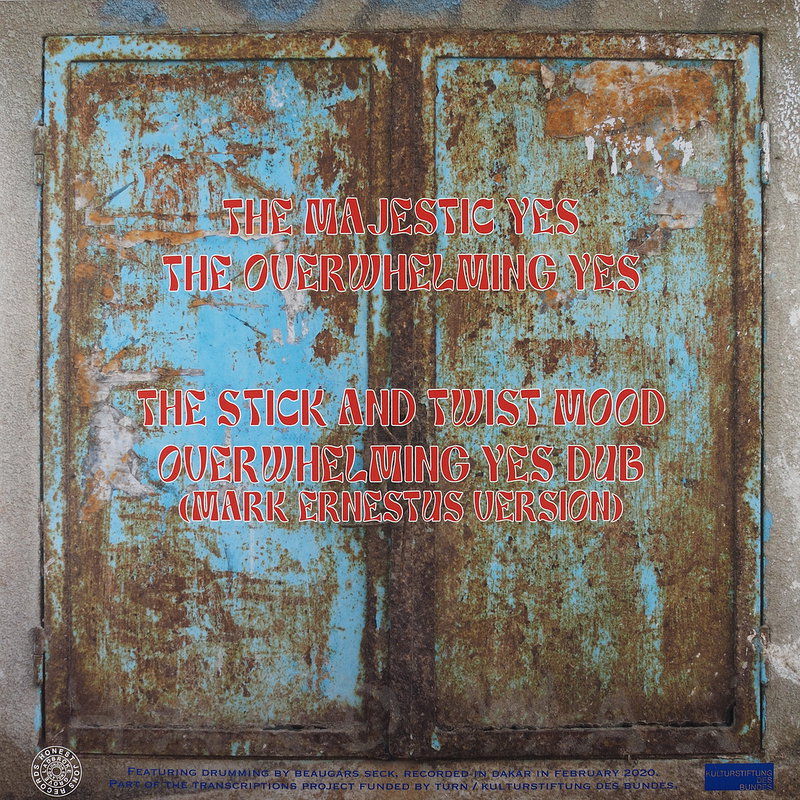

Research suggests that proficient second language (L2) learners are able to leverage their metacognitive knowledge and apply strategies that improve their listening comprehension.

The interviews and discussions revealed that item writers’ awareness of spoken language features and their text production techniques influenced their ability to develop authentic-sounding texts. Statistical comparison of the pre-and post-course authenticity scores revealed a positive effect of the training on item-writers’ ability to produce authentic-sounding listening texts, while the linguistic analysis demonstrated that the texts produced after the training contained more instances of spoken language. Additionally, we interviewed the trainees following each item writing event and analysed their online discussions from during the course.
#Keyboard maestro enchant bolt professional
The resulting listening texts were judged on authenticity by three professional item reviewers and analysed linguistically by the researchers. Prior to and after the course, they developed a listening task. Twenty-five trainees took an online item-writing course including training on creating authentic-sounding listening texts. In this study, we explored the effectiveness of an existing item-writing training course to produce authentic-sounding listening texts within the constraints of test specifications. On the other hand, real-life recordings are often too context-specific to stand alone, or not suitable for item generation. On the one hand, listening texts produced by item-writers often lack spoken language characteristics. The role of corpus-based dictionaries in such teaching will also be discussed.Ī long-standing debate in the testing of listening concerns the authenticity of the listening input. The presentation will illustrate how awareness-raising methodology of this sort can be used either as part of a language lesson, or as a main ingredient in a specifically designed module on teachers’ training courses. The method involves presenting text on PowerPoint displays in such a way as to highlight phraseological relationships, using features such asitalics, underlining, square brackets, bold type, spacing, and (notably) colour. This paper focuses on one way in which the user’s perception of text can be altered, so that phraseology can win back some of the ground currently held by words. We have all seen and read ‘words’ from a very early age, and words are therefore the norm, both in written text and, by extension, in speech, while phraseology is something which needs to be pointed out separately, and sometimes is.

Another very simple, though extremely powerful reason is‘the printed word’. These include conservatism, and the very heterogenous, disorderly nature of phraseology. There are a number of reasons for the slow progress made by phraseology. Phraseology, however, does not yet have the role it deserves within ELT methodology or syllabuses, despite the many professionals who have worked in this direction, from Palmer and Hornby, through to the ‘corpus age’ and the ‘lexical approach’, to the very recent work on pedagogically motivated ‘phrase lists’ (Simpson-Vlach & Ellis, AL 31/4 Martinez & Schmitt, AL 33/4). Corpus-based research suggests quite strongly that a significant proportion of native-speaker English comes in the form of phraseological units of one sort or another.


 0 kommentar(er)
0 kommentar(er)
